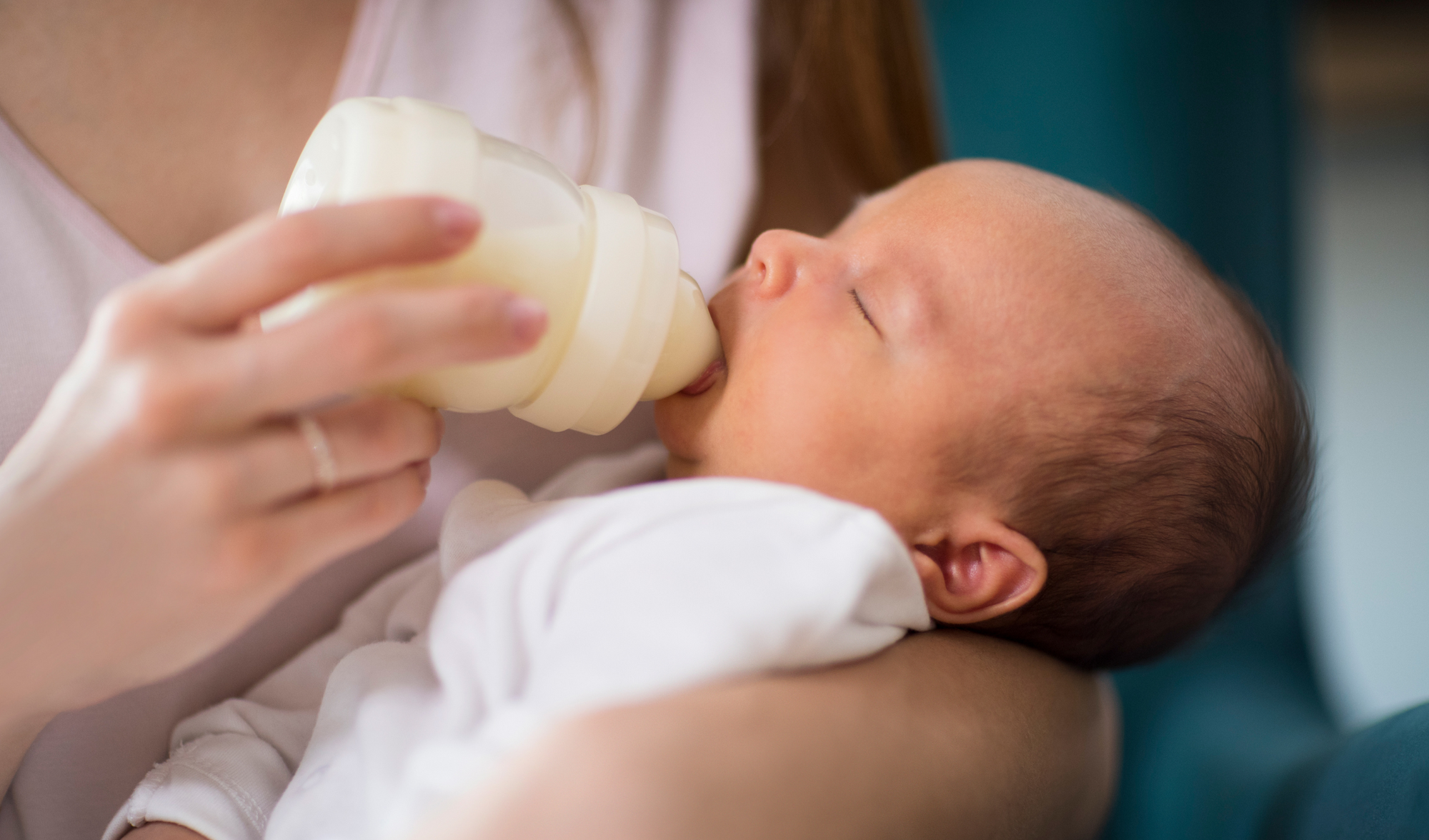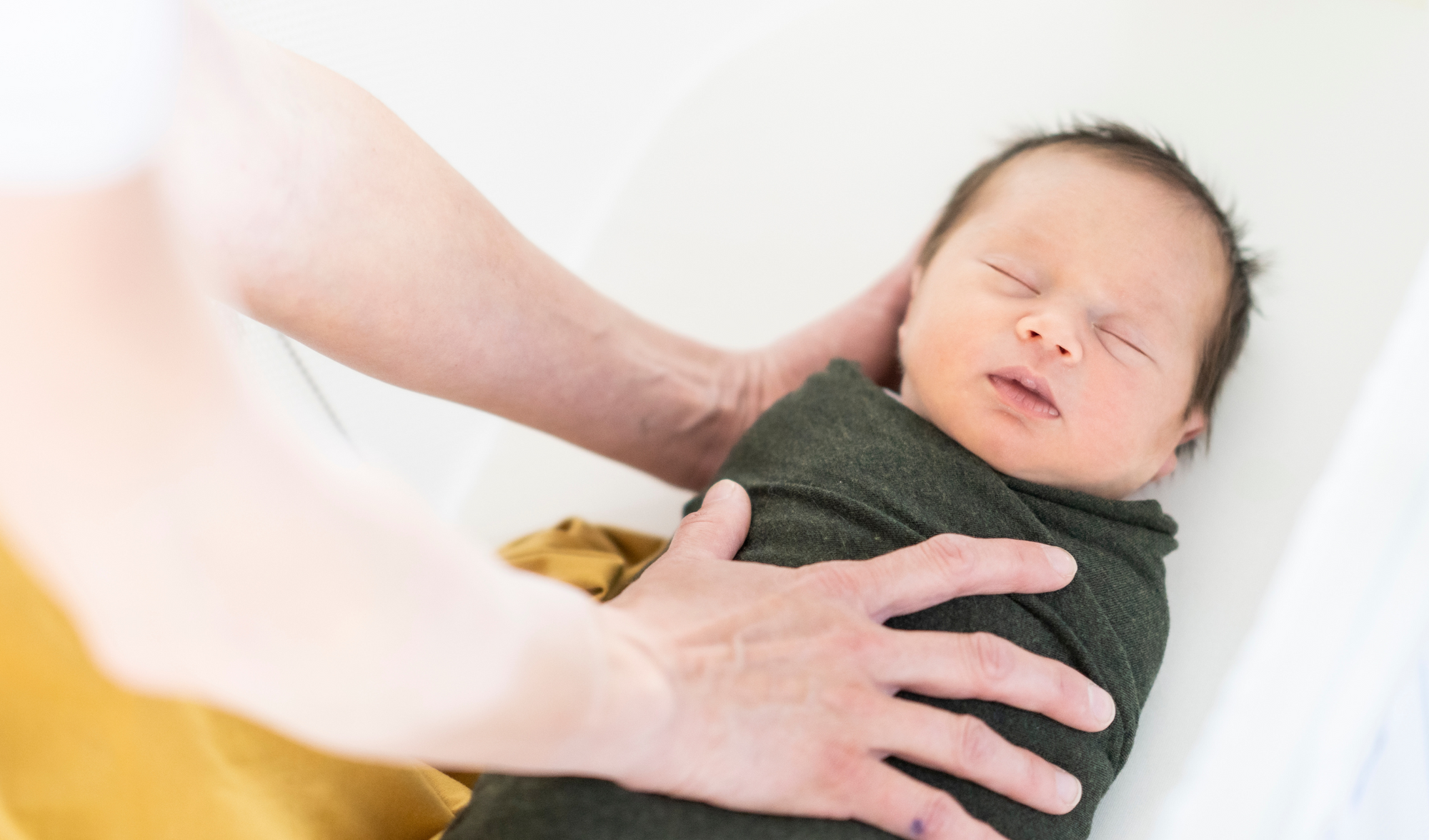Baby food can be bought from stores, but many parents feel like those mass-produced foods just don’t offer the same nutrition that they’re capable of mustering up in their own kitchen. And that’s certainly true; with the right approach you can offer your baby the best, most nutritious food by making it yourself and it doesn’t have to be all that difficult either! At babocush, we have pulled together some of our top tips on preparing great food for your baby.
Why Make Your Own Baby Food?
There are many reasons why you might want to make your own baby food. For a start, you can know for sure exactly what’s going into it and what’s not. This isn’t always possible when you’re buying baby food from a store. Sure, you can read the label but it’s not clear what all the additives they use are and what, if any, impact they might have on your baby’s health. By making baby food at home, you can ensure it’s entirely fresh and natural. It tends to be more cost-effective than buying baby food too.
1. Making a Puree
Making the leap from milk to solids usually begins when your baby is around 6 months old and begins with pureed food. You can create a puree from vegetables in a variety of ways, including roasting, steaming or simmering. You can throw some extra flavorings and hints of spices into the mix, taking care not to overpower the recipe with strong flavors that aren’t suitable for a baby. But by adding hints of spice, you’ll expand your baby’s flavor palette which is never a bad thing.
2. Ensuring It’s as Tasty as Possible
You can experiment with enhancing the flavor of your home-made baby purees; there’s no right or wrong when it comes to combining vegetables with various herbs and spices. You can simply go by taste, try things out and see how it all comes together. If you experiment enough, you’ll soon discover combinations and recipes that your baby loves!
3. Getting a Smoother Puree
It’s important to puree your baby food to as smooth a consistency as possible with the use of a blender which usually works a little better than a food processor. Add enough liquid, such as milk, formula, stock or water to bring your puree to the desired consistency.
4. Storing Your Homemade Baby Food
Individual portions of pureed baby food can be safely stored in airtight containers in the fridge for a couple of days. Extra portions can be stored in ice cube trays or in air tight containers in the freezer. So you can prepare enough batches of pureed food to see you through several weeks at a time and just thaw then heat well, cooling to warm or room temperature before serving!
There are many ways to make baby food, but it all comes down to the quality of the ingredients and the texture of the finished product. You should aim for a smooth puree, made using healthy and nutritious ingredients with no processed meats such as sausages or burgers. If you can do that and make it taste great too, you’ll have some winning baby food recipes on your hands.
Related Blogs:


